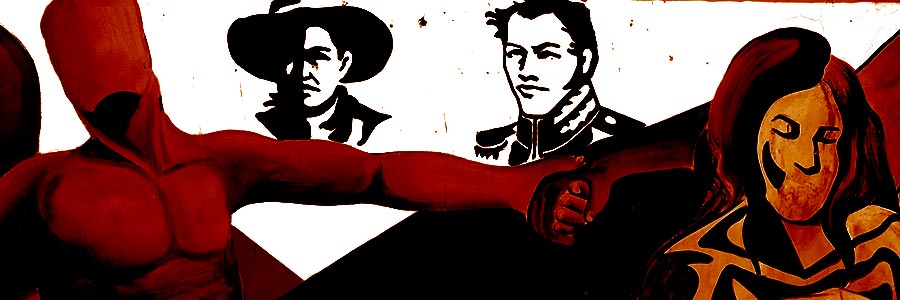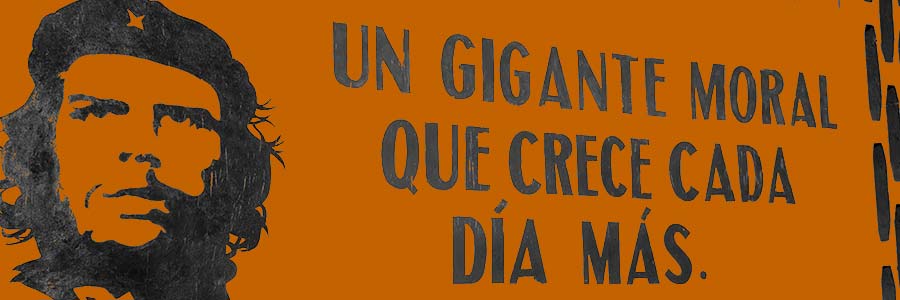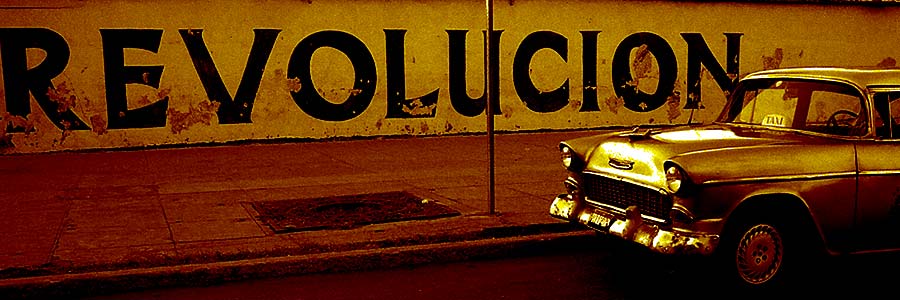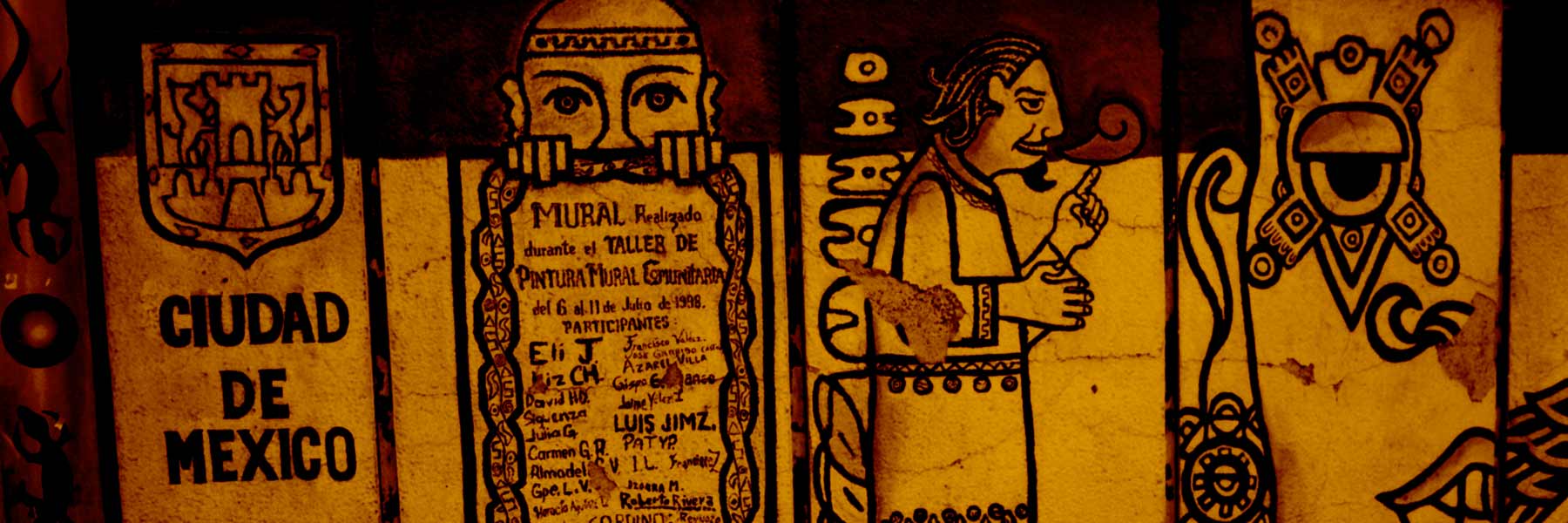Nicaragua: Safe, Stable, And Ready To Be Discovered
Managua
Up to this point Nicaragua has managed to avoid the worst of the street gang violence and narco-terrorism afflicting some other Central American countries. But to be honest, Managua, the country’s capitol, must have some serious problems with violent crime. There are armed guards, some with body armor, in front of many businesses. Often there is two, occasionally more in the case of some large businesses. In more affluent residential neighbourhoods private security guards packing some serious ordinance seem to be in almost every driveway. Nobody would be paying for this if they didn’t feel the need. Outside of the capitol I didn’t see any gun-toting security guards aside from some inside banks.
Strangely, money changers carrying wads of Nicaraguan and US currency were a common sight on the street. They conducted business right in the open without displaying any signs of being worried about getting robbed.
On our first full day in Managua we wondered around the Malecon (ie. waterfront) of Lake Xolotlan and Ruben Dario Park. The National Palace of Culture was close by but we didn’t go inside. Not far away was a statue of Sandinista soldier holding both a machine gun and a pick-axe aloft over its head. The statue bore massive muscles and looked more like a prop advertising a Sylvester Stallone movie than a national monument. That area is as close to a center of town as any other in Managua.
About the only other people around were some workers taking down a Nativity scene of life-size mannequins and other props from a Christmas pageant that had been set up on Simon Bolivar Avenue.
We walked down Simon Bolivar Avenue away from the lakefront and took a right. We didn’t get very far before an elderly woman, realizing we were foreigners, pointed in the direction we were walking and wagged her head in a “Don’t go there” gesture. We decided to take her advice and figured it was time to hail a cab out of there. By that point we both had no doubt that Managua really was lacking in sights.
Despite being far and away the country’s largest city, Managua has next to nothing of interest to lure visitors to stay and linger. If you arrive in Nicaragua by air you will inevitably fly into Managua. Almost every visitor who does this immediately leaves town for somewhere else. Priding myself on being a contrarian, I planned on spending at least two nights in the capitol before moving on to more inviting locales.
Read The Full Post



